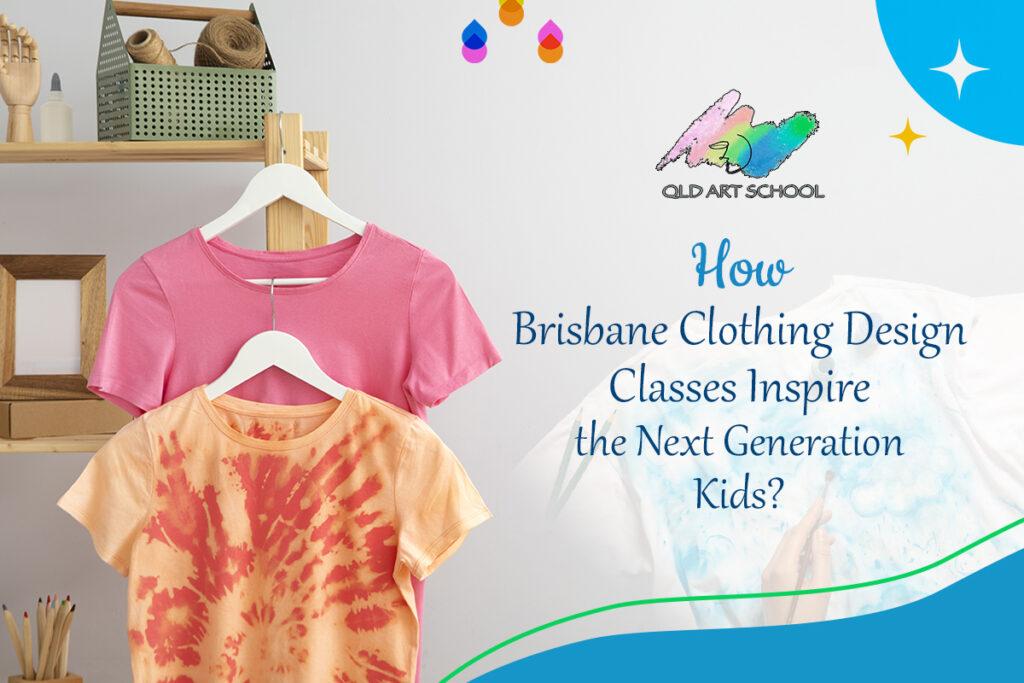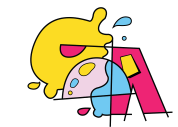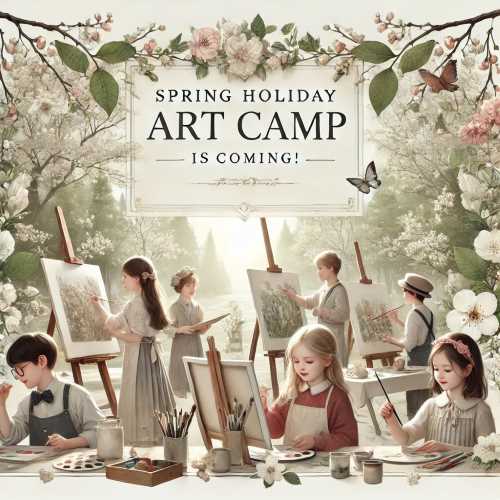
Clothing design is an art form that has evolved over centuries, shaping cultures and expressing identities. From the intricate embroidery of ancient Egyptian linen to the extravagant silk gowns of the European Renaissance, clothing has always been a reflection of artistic advancements. Clothing design is also commonly known as fashion design in today’s market, which offers a boundless opportunity to show creativity using clothing, accessories, oil paints, and more.
Today, clothing design classes offer young minds an opportunity to tap into this rich history, fostering creativity and skill development at an early age. As per research also, it is found that the demand for clothing design in kids will grow by 3% from 2022 to 2023.
If you want your child to explore the fascinating world of fashion, these art classes in Brisbane are the perfect starting point.
The Role Of Art In Clothing Designs –
Art has always played a pivotal role in fashion design, influencing everything from fabric patterns to garment construction. Many historic designers and artists used hand-drawn sketches and paintings to develop their designs before bringing them to life. The influence of fine arts, such as oil painting, watercolour, and textile art, has helped shape modern-day fashion.
Techniques like block printing, fabric painting, and embroidery often originate from artistic movements, ensuring that fashion remains deeply intertwined with art. Artistic designs are not only commonly found in contemporary fashion, but can be rooted back to ancient Egypt where linen garments were embroidered to prove status and wealth.
What types of Materials Are Used In Clothing Design?
Materials play a crucial role in clothing design, influencing the comfort, durability, and aesthetics of garments. Some of the most commonly used materials include:
- Natural Fibres: Cotton, silk, wool, and linen are widely used for their breathability and comfort.
- Synthetic Fabrics: Polyester, nylon, and rayon offer durability and flexibility in design.
- Blended Fabrics: A mix of natural and synthetic fibres creates innovative textures and functionalities.
- Sustainable Fabrics: Bamboo, hemp, and recycled textiles are increasingly popular due to their eco-friendly properties.
What Types Of Oil Paints Are Valuable In Clothing Design?
Oil paints have been historically used in textile and clothing design to create stunning patterns and intricate details. Some valuable oil paints in fashion design include:
- Linseed Oil-Based Paints: Known for their slow drying time, allowing artists to blend colours seamlessly on fabric.
- Alkyd-Based Oil Paints: Faster drying than traditional oil paints, making them suitable for textile applications.
- Fabric-Specific Oil Paints: These are formulated to adhere well to textiles without cracking or fading over time.
- Natural Pigment-Based Oil Paints: Used historical and sustainable practises to create long-lasting, rich hues.
How do Kids Benefit from Clothing Design Classes?
Children enrolled in clothing design classes can explore a variety of artistic and technical techniques, such as:
- Sketching & Illustration: Learning to create fashion sketches and design concepts.
- Pattern Making: Understanding how to draught patterns for different clothing styles.
- Fabric Painting & Dyeing: Experimenting with oil paints and natural dyes to create custom designs.
- Hand Embroidery & Appliqué: Developing intricate details with stitching techniques.
- Sewing & Garment Construction: Hands-on experience in assembling fabrics into wearable fashion.
- Sustainable Fashion Techniques: Learning about upcycling and repurposing old fabrics into new designs.
Other Benefits Include –
- Creativity and Imagination: Kids get to explore different colours, patterns, and styles to create unique clothing pieces.
- Problem-Solving Abilities: Fashion design requires innovative thinking to turn ideas into wearable garments.
- Confidence and Self-Expression: Designing their clothes allows children to express their personality and build self-confidence.
- Sustainability Awareness: Young designers learn about eco-friendly fabrics and ethical fashion practises, which are crucial in today’s fashion industry.
Conclusion
For parents looking to nurture their child’s artistic talents, art lessons in Brisbane provide an excellent foundation. These classes combine historical knowledge with practical skills, ensuring a well-rounded learning experience. Kids not only gain insight into the rich traditions of fashion but also acquire the necessary tools to create their modern interpretations.
If you want to inspire the next generation of designers, enrolling your child in clothing design classes is the perfect starting point. Watch as they turn their imagination into stunning fashion pieces, setting the stage for a future in the creative industry!



